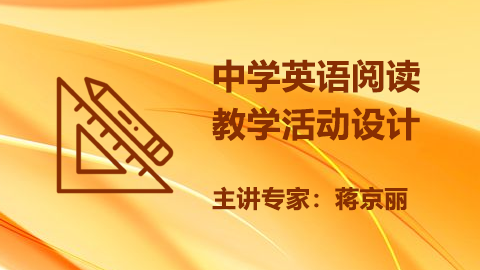四、读后环节
1.读后-朗读课文
2.归纳语法
read the text in 1.1 on page 76 and underline the sentences to show what John and Lisa did on the Great Wall.
study the example
3.读后-归纳语言
underline words,phrases, or sentences that are closely related to Li Qiang's first impressions.(comfort, discomfort, transpaort,home)
4.操练语言
自动化-运用
机械性操练-模仿记忆
有意义操练 -连接机械操练与自由输出
5.转述语篇
6.发表观点
7.解决问题/完成任务
(be an actor/share your poems)
role-play,post
writing(rewrite the story from perspective of Bred)
读后总结:迁移创新
五、问题设计
系统性 (与学生个人生活)关联性 (内在链接)逻辑性 (身心发展规律)适应性 灵活性
建立问题链-前一个问题是后一个问题的铺垫,服务文本主要意义,有事实性文本问题,推理判断,评判性思维问题。
关注作者深层次写作意图,从浅入深


